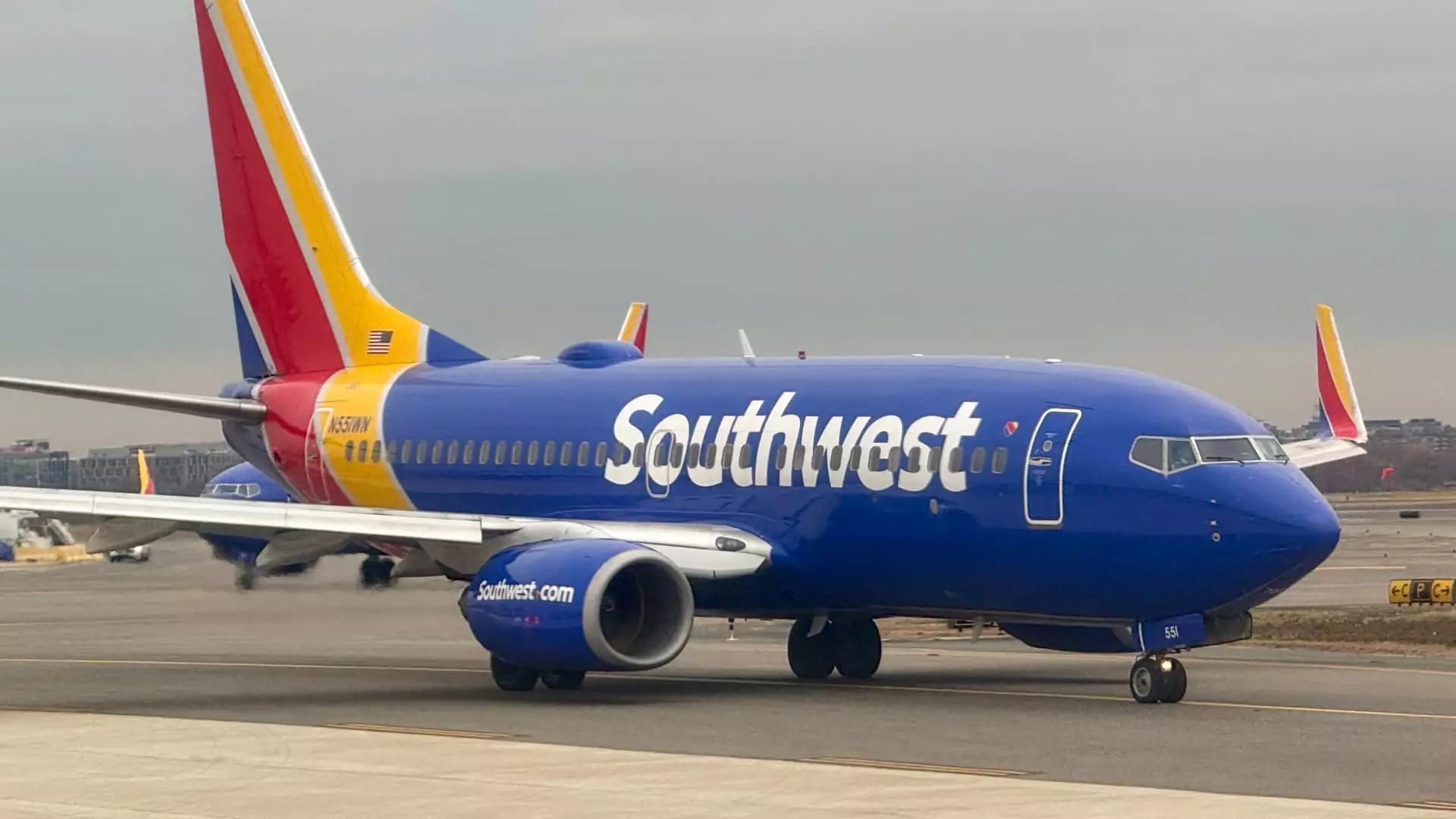In a bold and unprecedented move, Southwest Airlines announced on Monday its decision to eliminate approximately 15% of its corporate workforce, affecting around 1,750 employees. This drastic step comes as the airline grapples with the mounting pressure to streamline its operations and reduce financial burdens. CEO Bob Jordan characterized this decision as historical for the company, which has been operational for 53 years. The layoffs, slated to conclude by the end of the second quarter, will also impact several senior leadership positions, indicating a significant reshaping of the organization’s hierarchy.
According to the airline’s estimates, the cuts are expected to yield considerable savings, with projections of $210 million for the current fiscal year, escalating to around $300 million by 2026. This financial reprioritization reflects a broader trend in the aviation industry, where companies are compelled to evaluate and improve their cost structure amidst economic uncertainties. The layoffs, as articulated by Jordan in a company memo obtained by CNBC, are aimed at transforming Southwest into a “leaner, faster, and more agile organization.” The decision arises not only from macroeconomic pressures but also from internal assessments of efficiency and productivity.
The Influence of External Activism
This workforce reduction follows months after Southwest reached a contentious settlement with the activist investment firm Elliott Investment Management. The firm secured five board seats, intensifying scrutiny on company leadership and operational effectiveness. Although Elliott’s influence resulted in significant changes, including calls for Jordan’s resignation, the CEO remains at the helm. This dynamic illustrates the increasing impact of activist investors in shaping corporate policies and their potential to unsettle established management strategies.
Southwest Airlines has not limited its cost-control strategies to layoffs alone. The airline has implemented various measures, including a freeze on hiring, suspension of its internship program, and the discontinuation of long-standing employee engagement initiatives, such as team-building rallies dating back to 1985. Additionally, a strategic reduction of unprofitable routes is part of a broader drive to enhance operational efficiency. These approaches not only highlight the urgency of the situation but reflect an effort to reengineer the company’s ambitions for profitability.
Recently, the airline unveiled ambitious plans aimed at pivoting toward increased profitability, including the potential abandonment of its traditional open seating policy in favor of assigned seats and the introduction of a premium legroom section. Furthermore, Southwest’s recent initiation of overnight flights signifies a commitment to diversifying its service offerings and capturing new market segments. Jordan’s commitment to refining organizational structure underscores a necessity for clarity and speed in decision-making while addressing the pressing need for a streamlined workforce.
As these layoff notices roll out by late April, the airline assures employees that most will continue to receive their compensation and benefits until the effective termination date. This move may provide some temporary relief, but the long-term outlook suggests a turbulent period ahead for both the affected employees and the airline as it navigates through these significant changes.

Leave a Reply